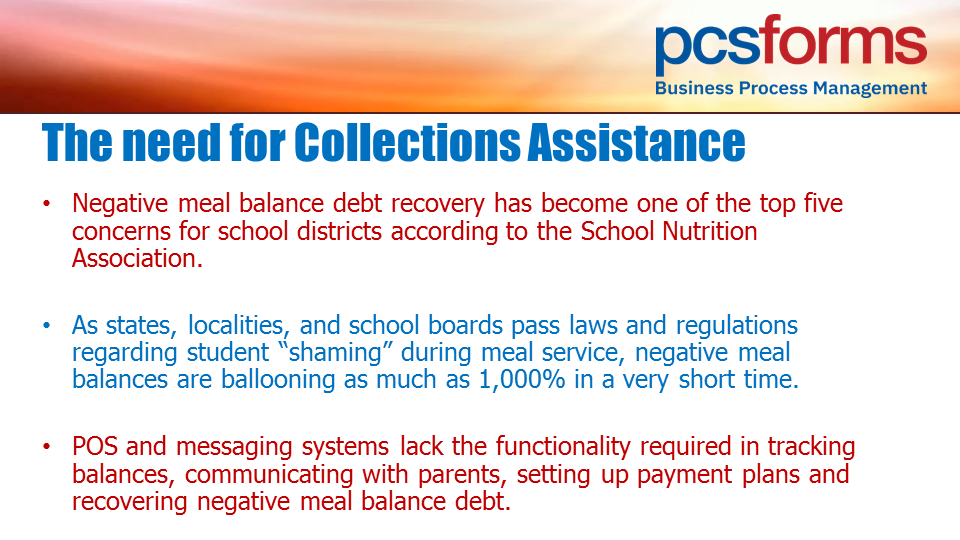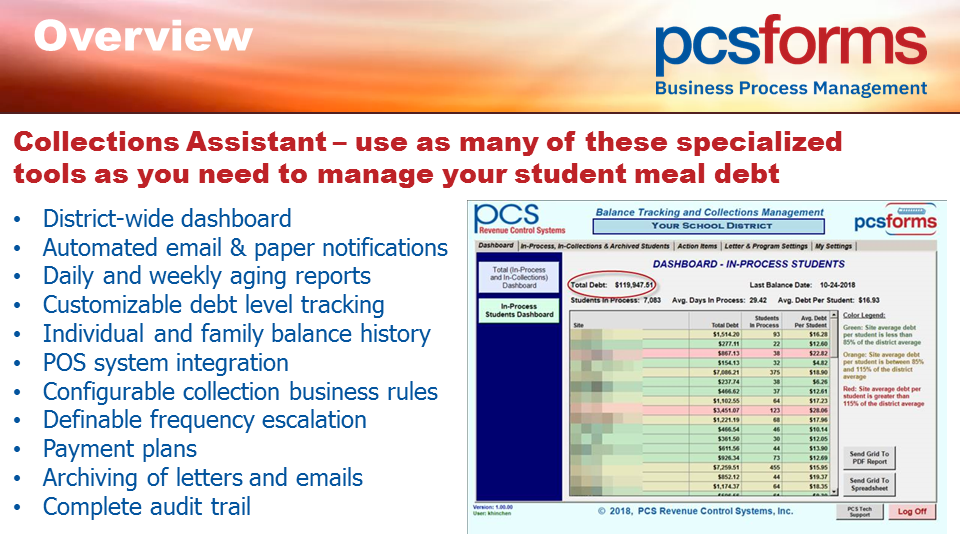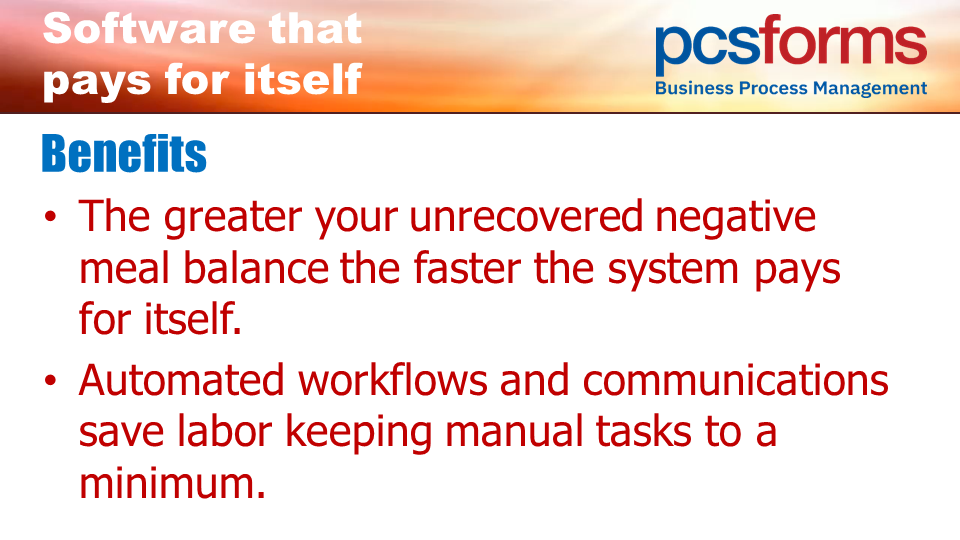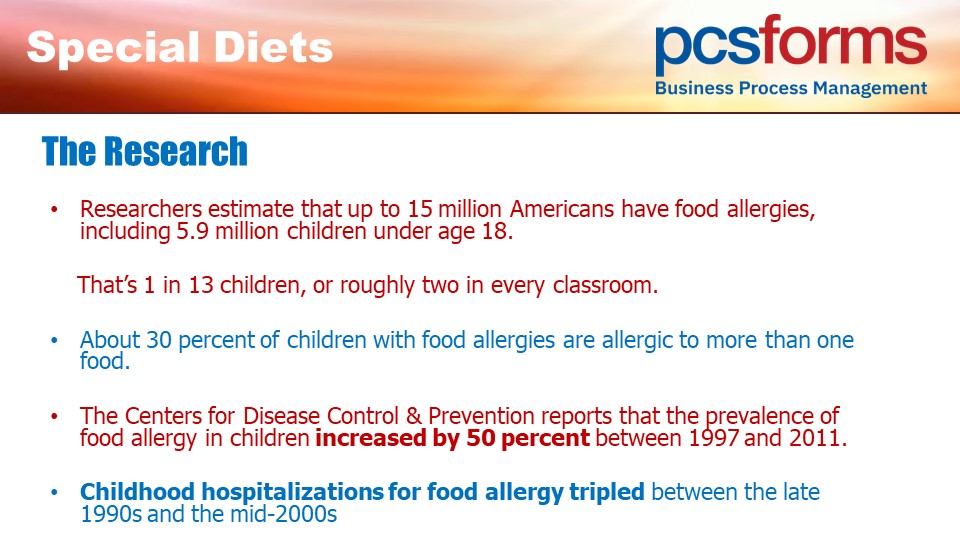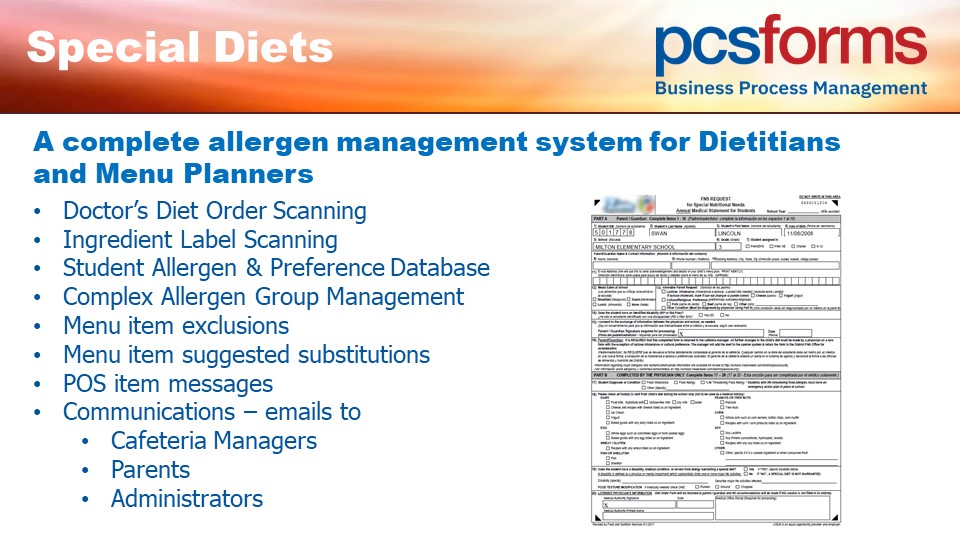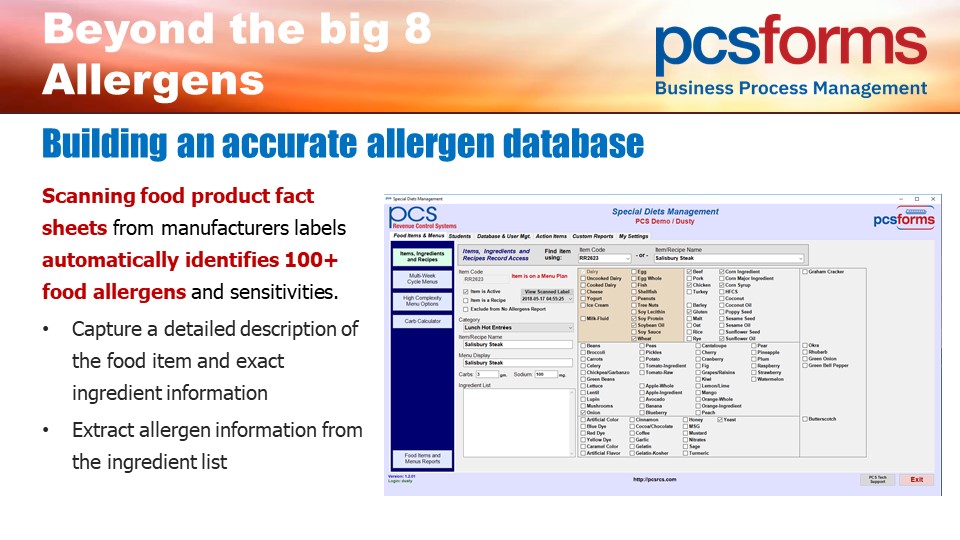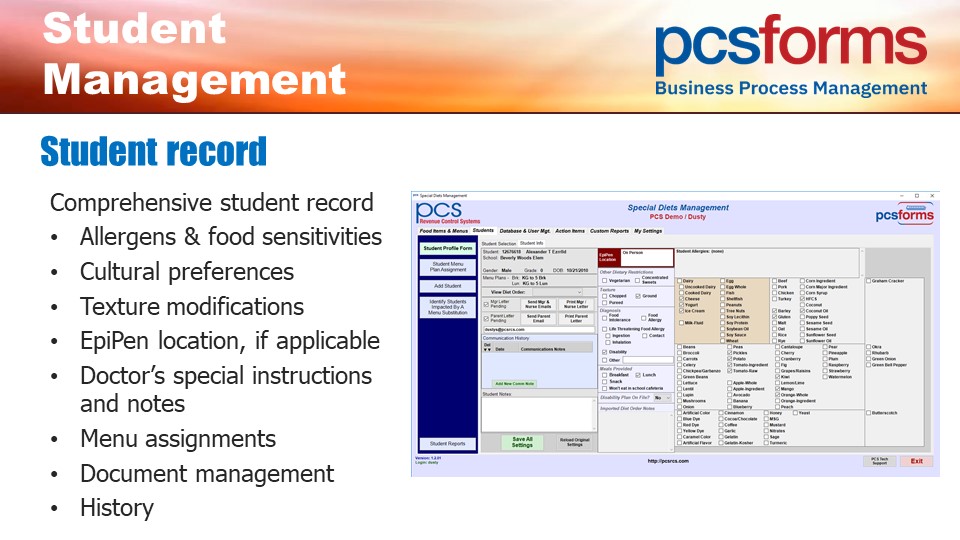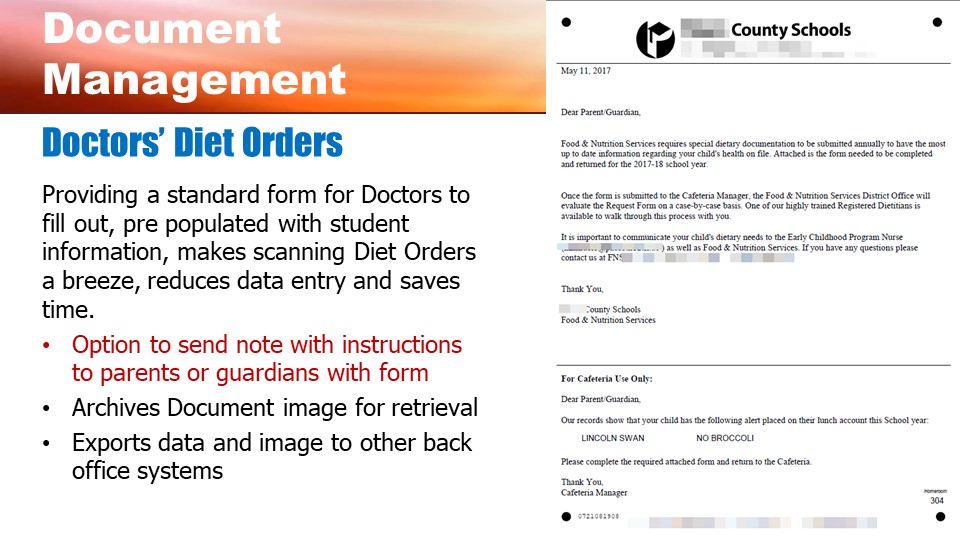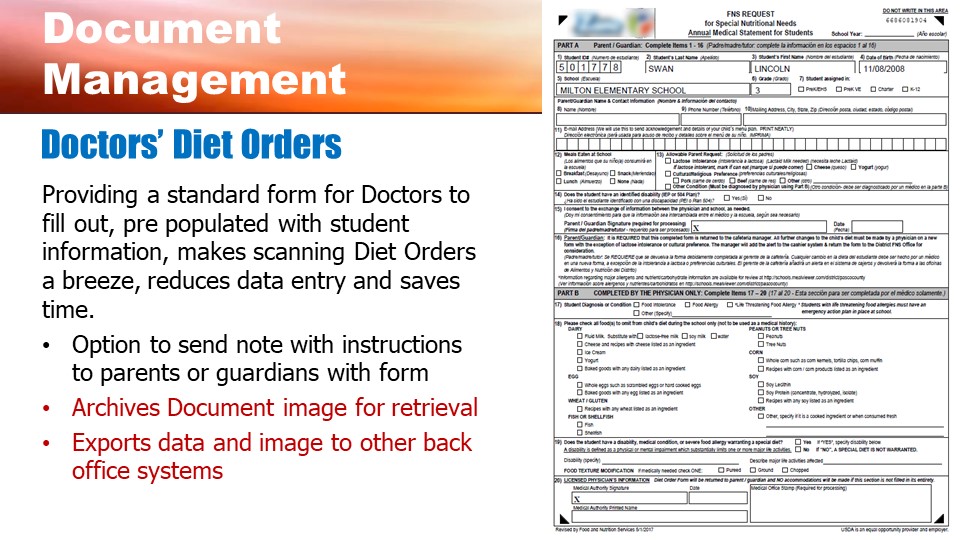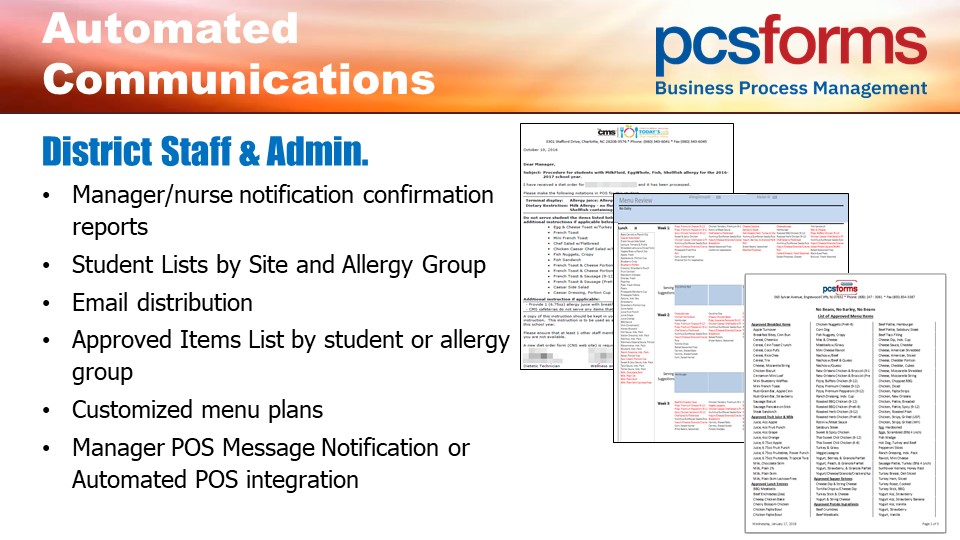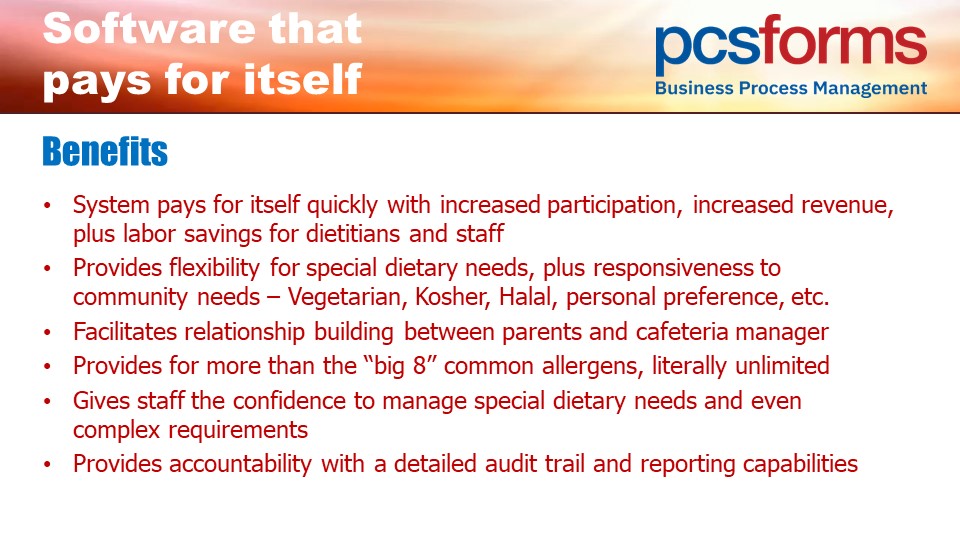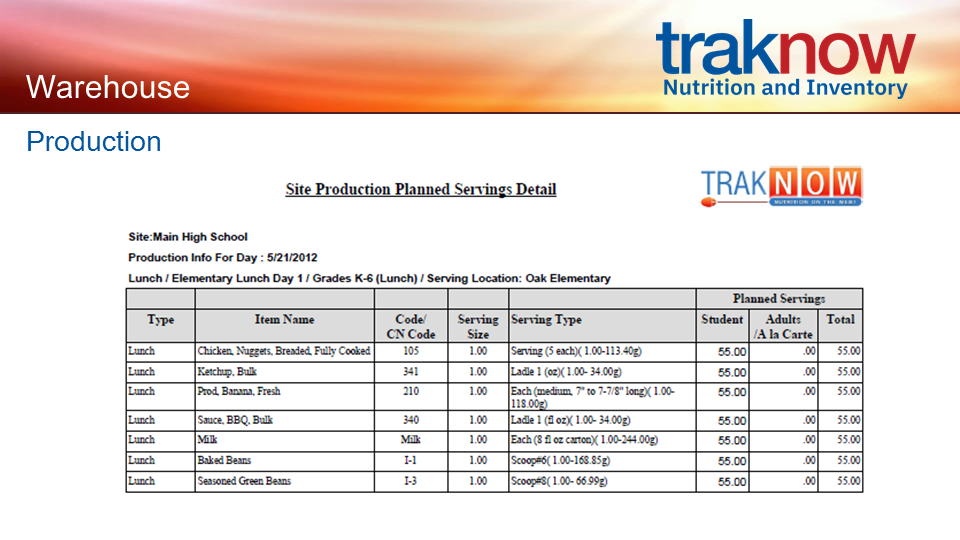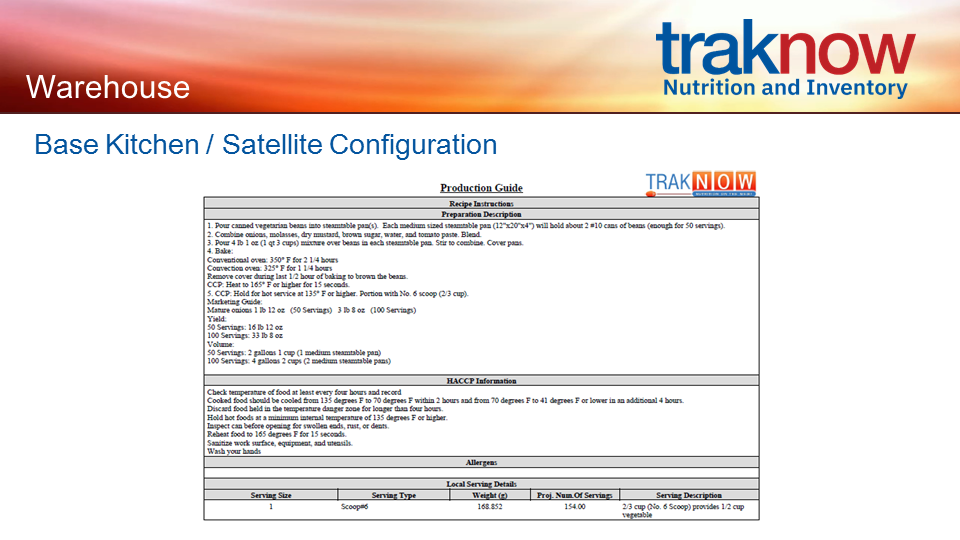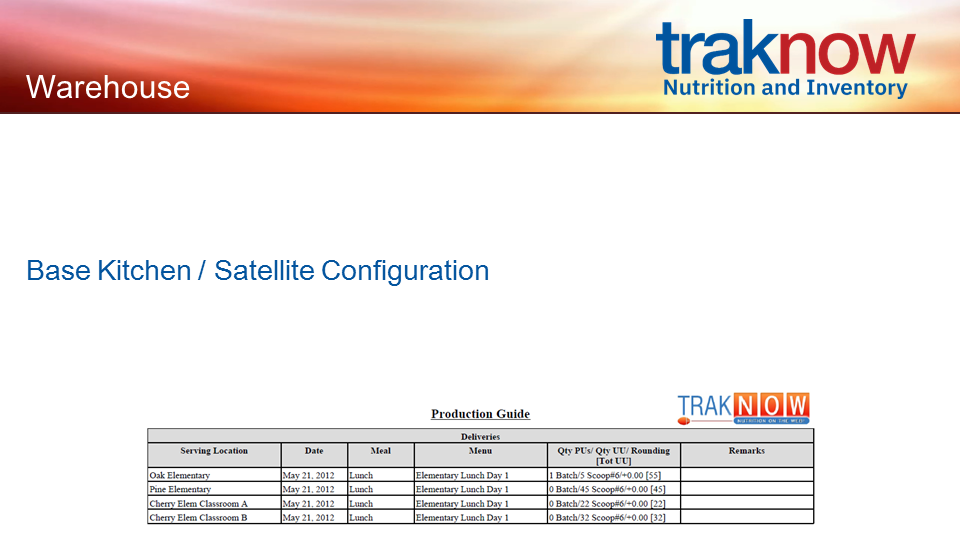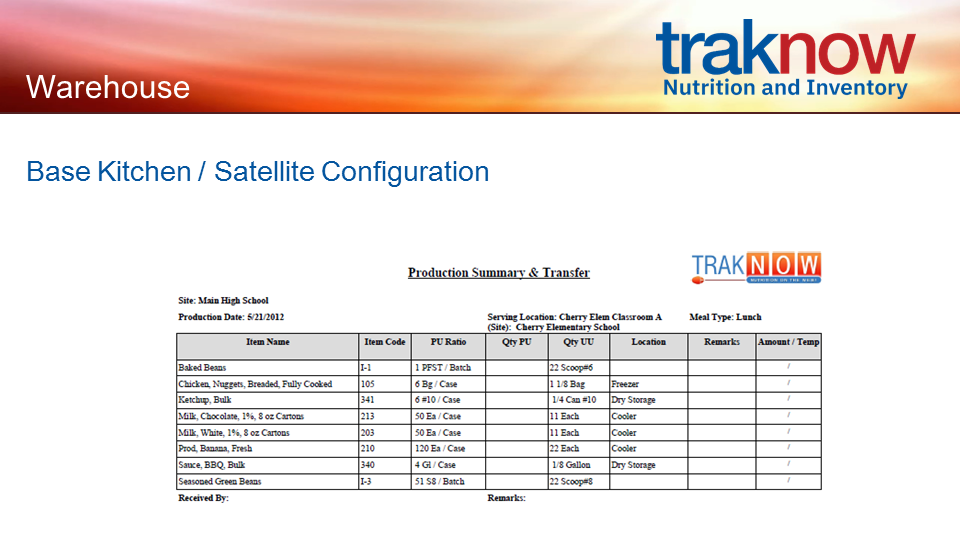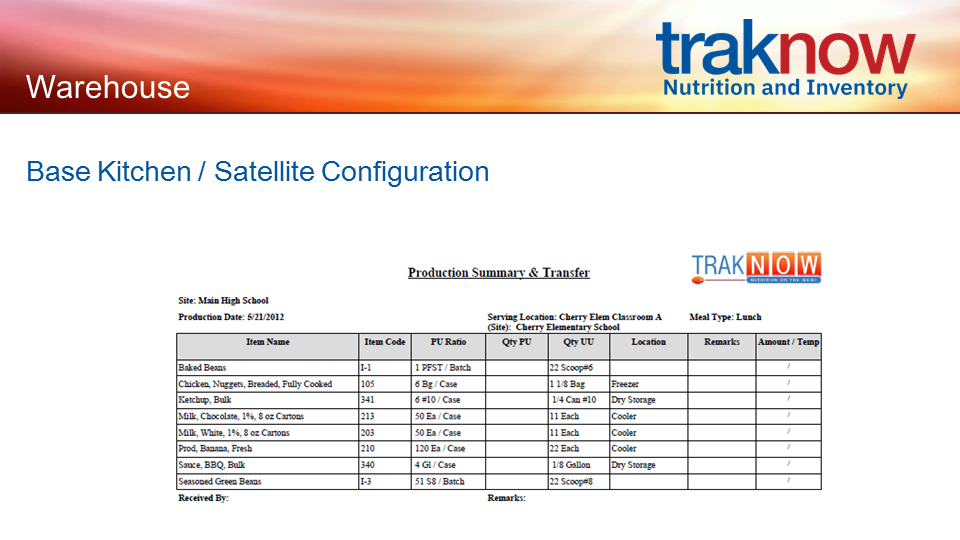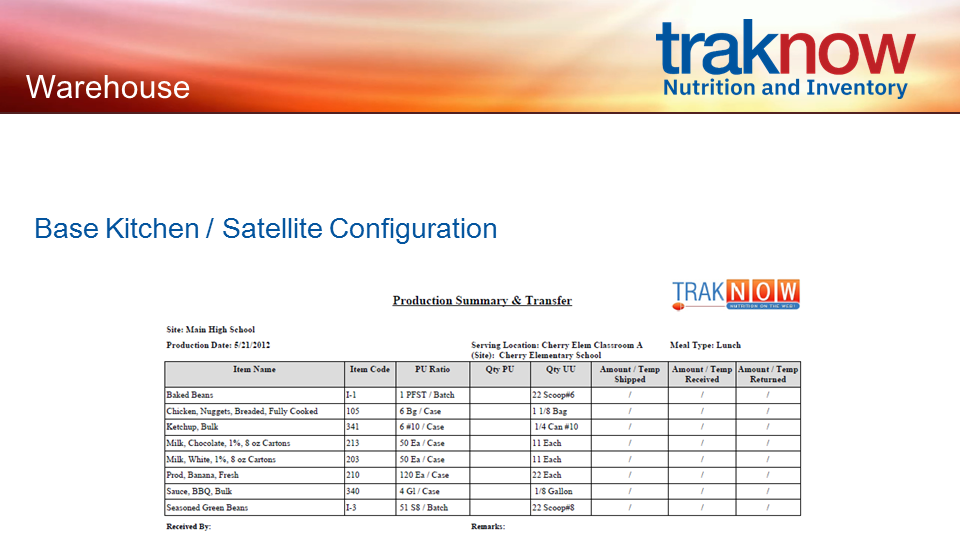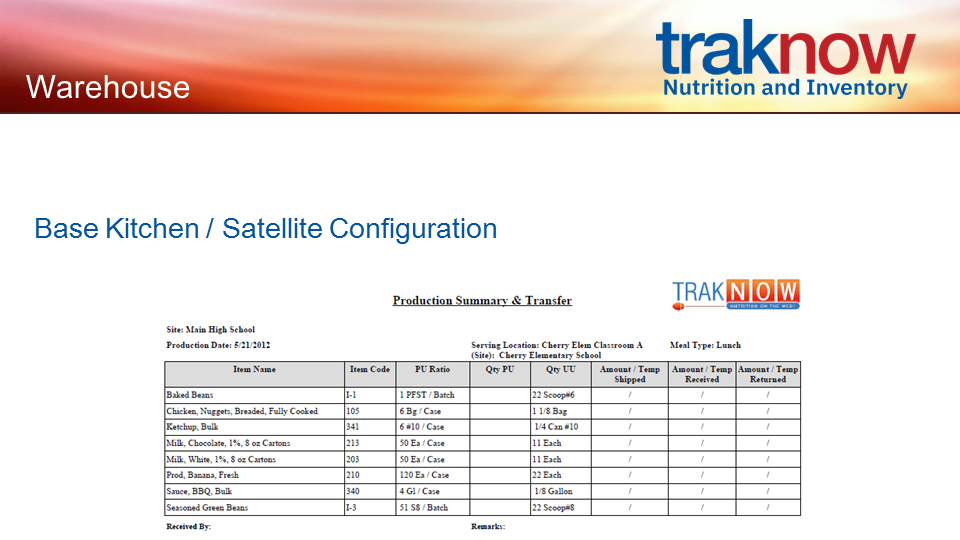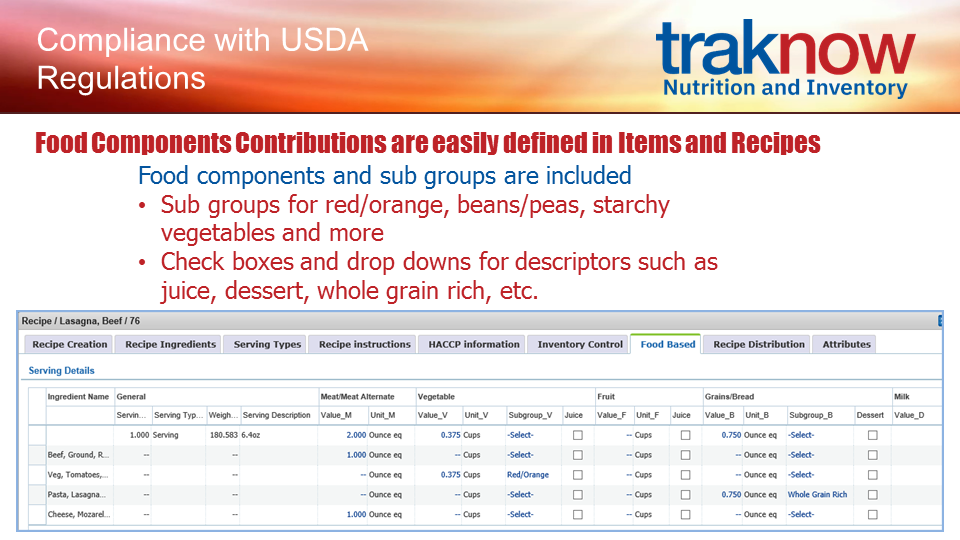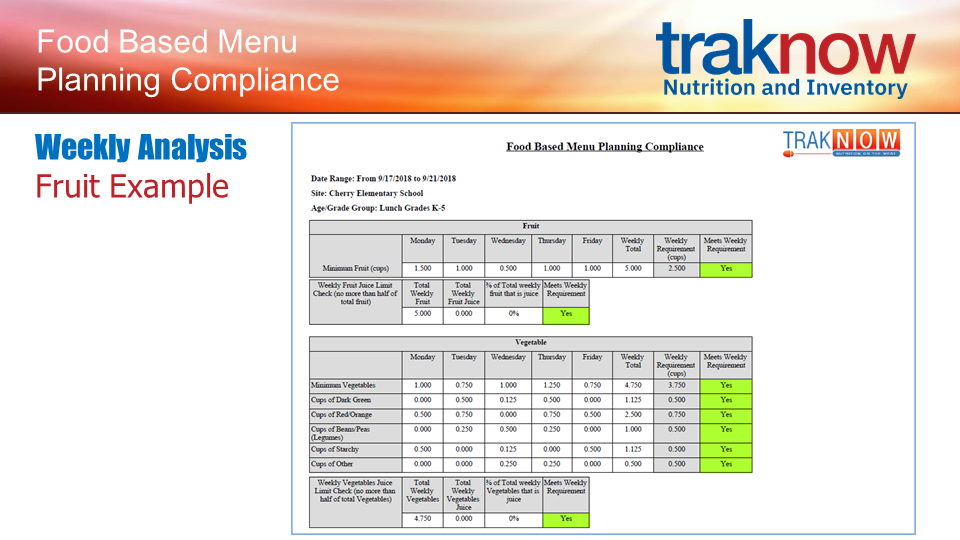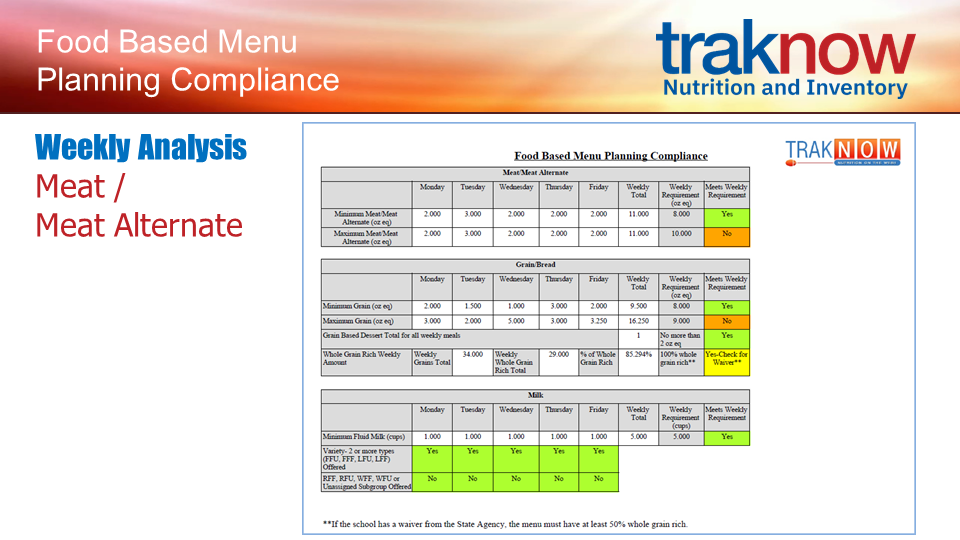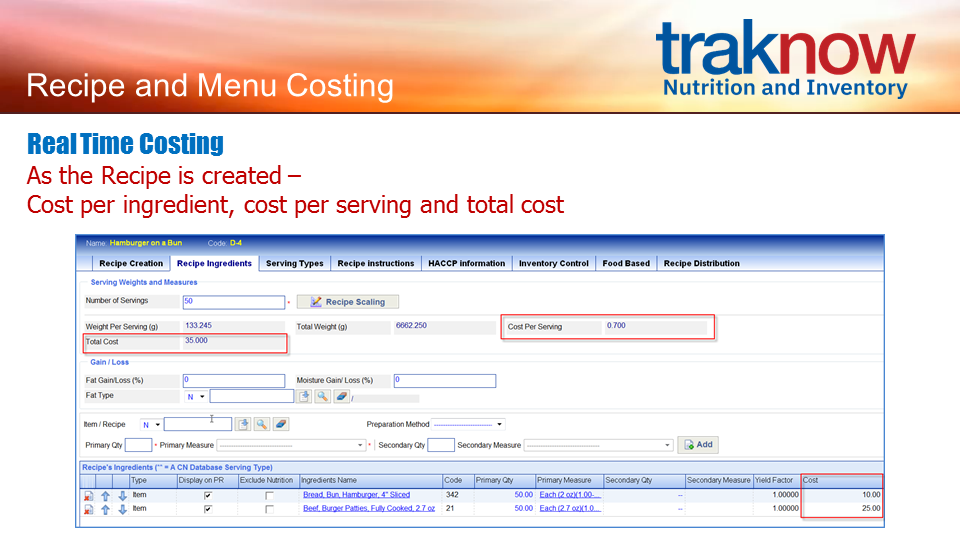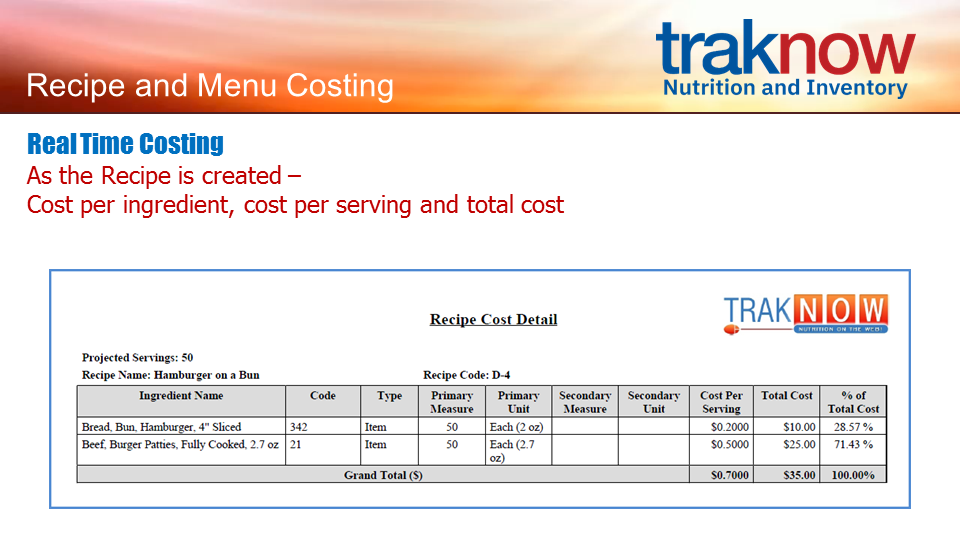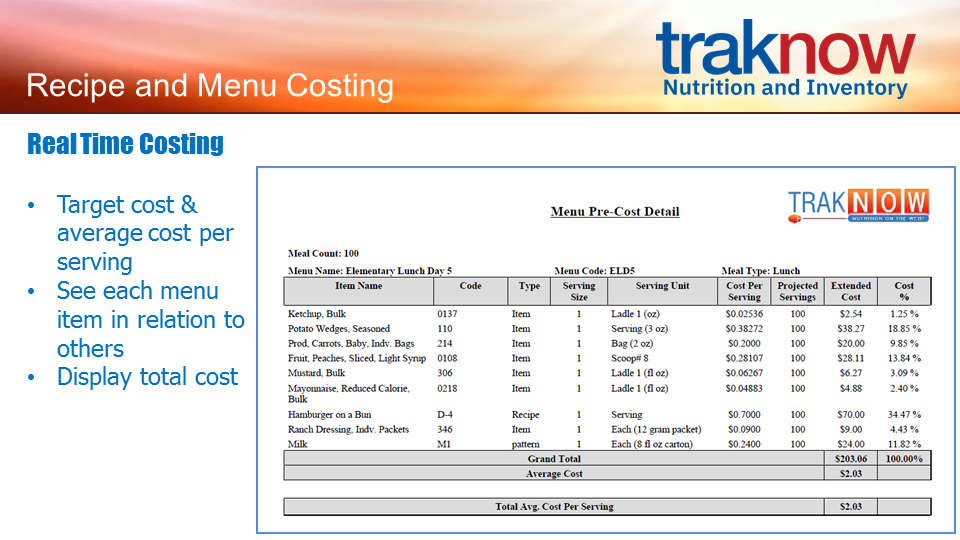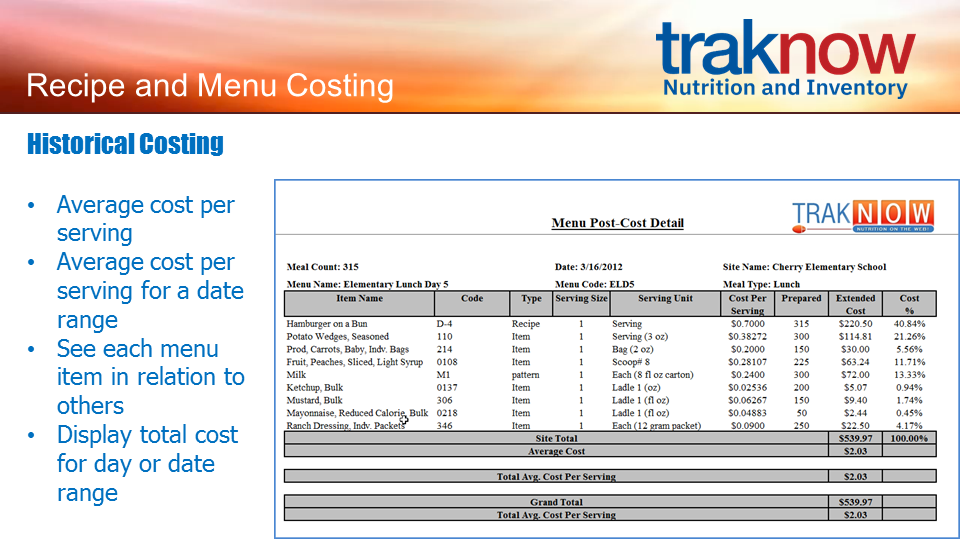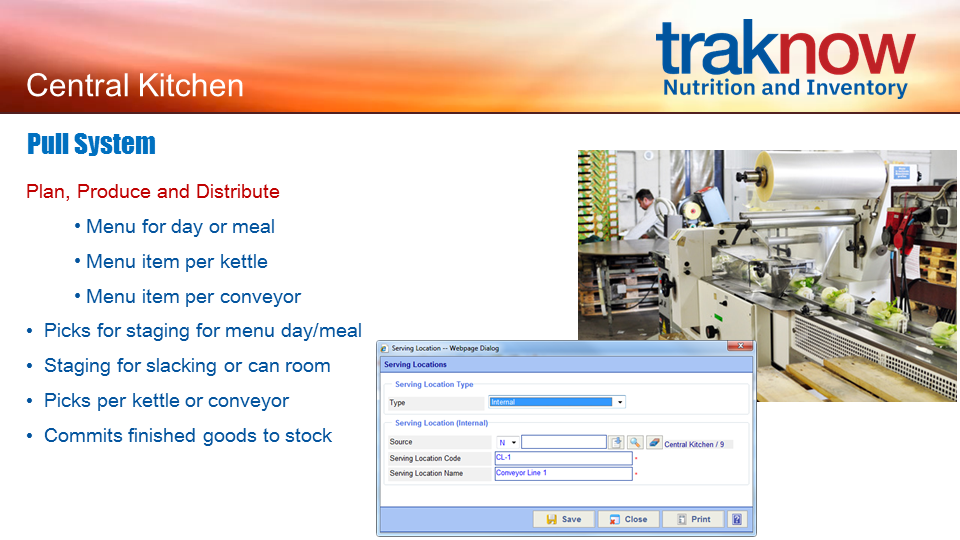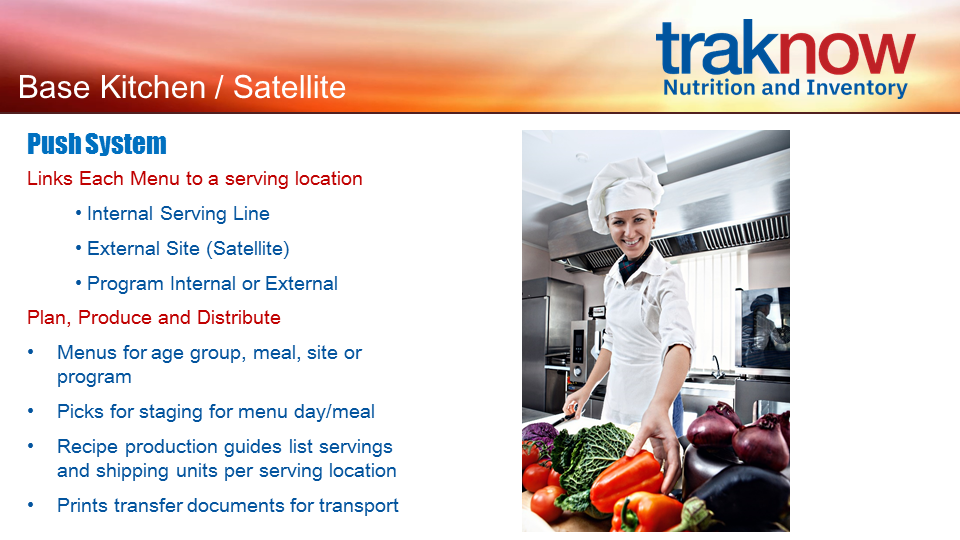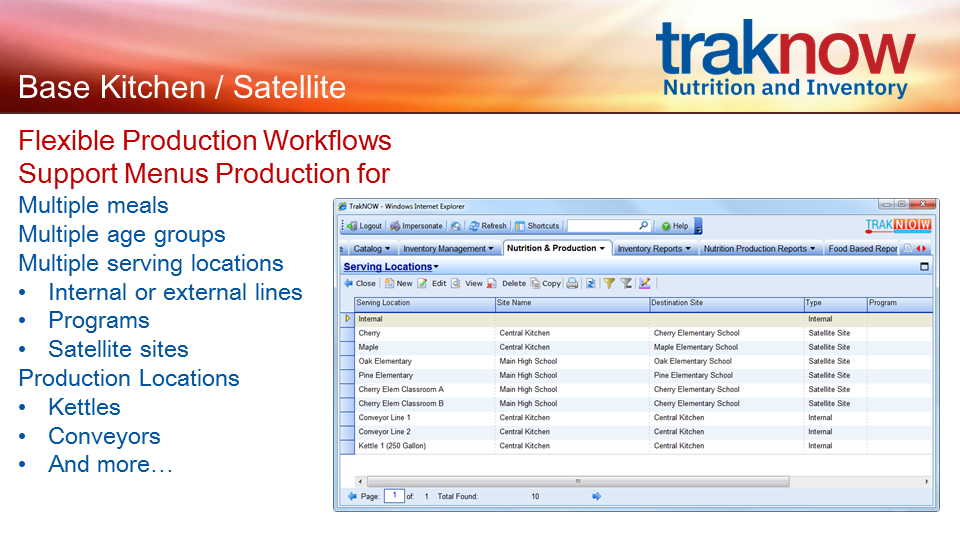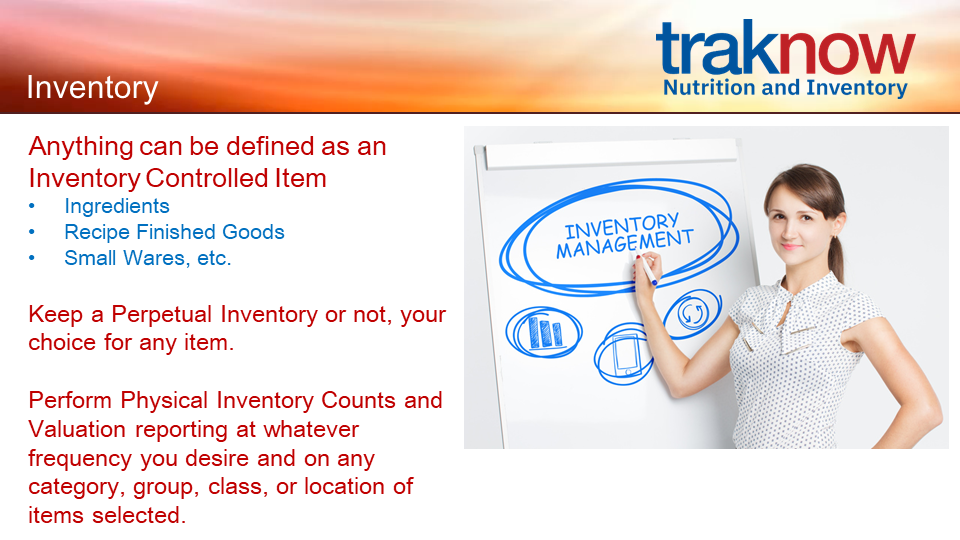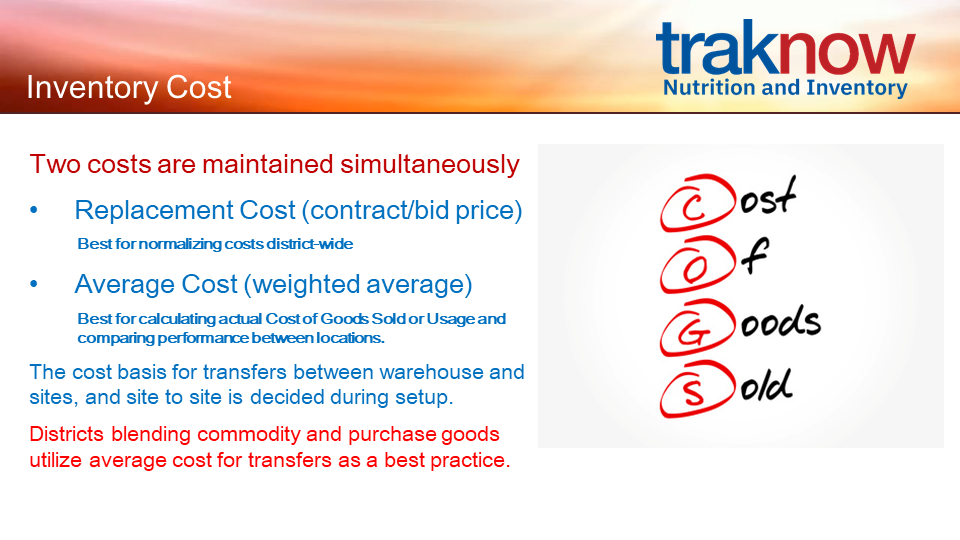Blog
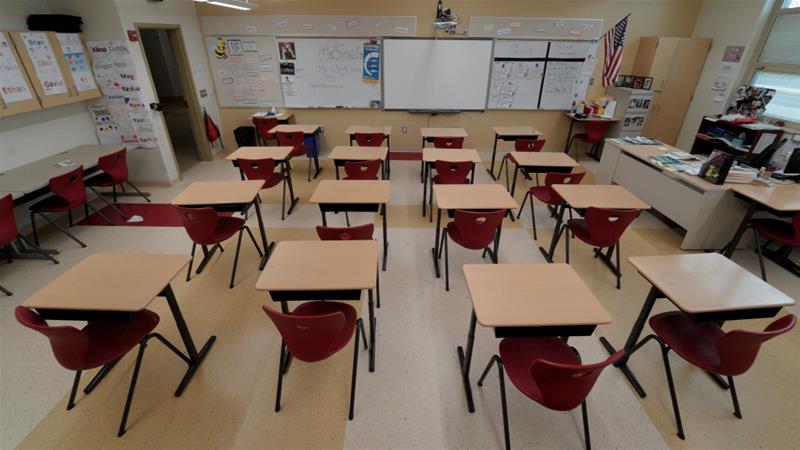
Jun
The two reports, published simultaneously Monday in the journal Nature, used completely different methods to reach similar conclusions. They suggest that the aggressive and unprecedented shutdowns, which caused massive economic disruptions and job losses, were effective at halting the exponential spread of the novel coronavirus.
“Without these policies employed, we would have lived through a very different April and May,” said Solomon Hsiang, director of the Global Policy Laboratory at the University of California at Berkeley, and the leader of the research team that surveyed how six countries — China, the United States, France, Italy, Iran and South Korea — responded to the pandemic.
His team estimated that, in the initial days after the virus was seeded in each country, and before the shutdowns, the number of infections was doubling every two days.
“The disease was spreading at a really extraordinary rate that is rare even among very infectious diseases,” he said in an interview. The global response to covid-19, the disease caused by the virus, resulted in “saving more lives in a shorter period of time than ever before,” he said in a separate conference call with reporters.
The two reports on the effectiveness of the shutdowns come with a clear warning that the pandemic, even if in retreat in some of the places hardest hit, is far from over. The overwhelming majority of people remain susceptible to the virus. Only about 3 percent to 4 percent of people in the countries being studied have been infected to date, said Samir Bhatt, senior author of the Imperial College London study.
“This is just the beginning of the epidemic: we’re very far from herd immunity,” Bhatt said Monday in an email. “The risk of a second wave happening if all interventions and precautions are abandoned is very real.”
The Berkeley study used an “econometric” model to estimate how 1,717 interventions, such as stay-at-home orders, business closings and travel bans, altered the spread of the virus. The researchers looked at infection rates before and after the interventions were imposed. Some of these interventions were local, and some regional or national.
The researchers concluded that the six countries collectively managed to avert 62 million test-confirmed infections. Because most people who are infected never get tested or diagnosed with covid-19, the actual number of cases that were averted is much higher — about 530 million in the six countries, the Berkeley researchers estimated. They estimated that the United States, had it not imposed shutdowns and other measures, would have seen an additional 4.8 million diagnosed infections and 60 million actual infections.
Timing is crucial, the Berkeley study found. Small delays in implementing shutdowns can lead to “dramatically different health outcomes.” The report, while reviewing what worked and what made little difference, is clearly aimed at the many countries still early in their battle against the coronavirus.
“Societies around the world are weighing whether the health benefits of anti-contagion policies are worth their social and economic costs,” the Berkeley team wrote. The economic costs of shutdowns are highly visible — closed stores, huge job losses, empty streets, food lines. The health benefits of the shutdowns, however, are invisible, because they involve “infections that never occurred and deaths that did not happen,” Hsiang said.
That spurred the researchers to come up with their estimates of infections prevented. The Berkeley team did not produce an estimate of lives saved.
Banning large gatherings had more of an effect in France and South Korea than in the other countries.
One striking finding: School closures did not show a significant effect, although the authors cautioned that their research on this was not conclusive and the effectiveness of school closures requires further study.
The findings could be instructive to states and school districts as they weigh when and how to reopen this fall. There is enormous pressure to resume in-person school — both because virtual education has left many students behind, and because many parents of young children cannot go to work if their children are at home.
But schools worry that children could become infected and then transmit covid-19 to family members, and they are concerned about teachers and other staff who are older or particularly vulnerable.
Many districts are considering a hybrid model, with some children in the building and others learning from home. The goal would be to minimize the numbers on site to provide for social distancing.
Last month, the Centers for Disease Control and Prevention said schools should remain closed while infection rates were high, but offered guidance for reopening as communities recover. The recommendations included a raft of ideas to create distancing inside schools, most of which were already under consideration by many districts. Among them: desks at least six feet apart and facing the same direction, lunch in classrooms, leaving every other row on buses empty and staggered arrival times.
The agency also recommended mandatory cloth masks for staff and encouraged use by students, and daily temperature screenings for everyone. It said schools should have adequate supplies for hygiene, including soap, hand sanitizer and no-touch trash cans. Surfaces and school buses should be cleaned and disinfected daily, it said, and windows and doors should be open so air can circulate.
READ FULL ARTICLE ON WAPO

Jun
CDC’s “Considerations for Schools” document outlines how to help protect students, teachers, administrators and staff while slowing the spread of COVID-19. School nutrition technology companies are simultaneously focused on meeting school’s emergency needs, as well as shifting development priorities to providing solutions for opening this Fall.
The normally bustling cafeteria line and lunch room may become COVID quite.
Converting lunchrooms into classrooms is being discussed along with staggered and split schedules or alternating days for school site and remote learning. These are just a few of the challenges facing school nutrition operators. Limits on congregation of all types will limit cafeteria feeding and expand prepackaged or plated meals, already being provided for emergency feeding, to the classroom and alternate serving areas.
At risk students and staff may be urged to bring their own meals, unless extra precautions can be taken. Software that tracks allergies and food sensitivities may need to add new categories for at risk patrons.
Classroom meal service may resemble breakfast in the classroom, but with the need to provide more choices.
As many operators rely on ala carte to balance their budgets, a way to provide ala carte options and possibly entree choices is needed. The sheer volume of individual meals and complications of split schedules and alternate day feeding will require new meal ordering technology for teachers or other staff and possibly pre-ordering of meals by parents.
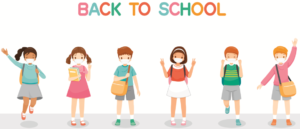
“Touchless” solutions are an important part of nutrition technology’s future.
Cafeteria line service will have to be modified for small groups with social distancing, and preferably touchless meal account activation and no cash transactions. Keypads, finger image, and palm scanning may be come things of the past. Alternate serving areas will require additional portable technology for meal accountability and ala carte sales.
More schools will likely qualify for the Community Eligibility Program, given the record breaking increase in unemployment. Schools that already qualify and haven’t switched may move to CEP. The possibility of a waivers being extended through the 20/21 school year could change the operations and business model completely.
Some thoughts about technology changes you may need to consider
Presently waivers are providing for emergency meals and food distribution and delivery through August 31. Alternate means of counting meals and tracking reimbursements are many. Some technology companies are providing free online applications during the COVID-19 crisis.
Touchless POS peripherals for student identification and automated meal transactions
Keypads utilized for student account identification are problematical. It is not feasible to keep up with the spraying, wiping and sanitizing of Keypads, even with smaller groups of students passing through. Solutions included “always on” scanners, that don’t require a cashier to shoot the barcode, or rosters with pictures, maybe even automated digital facial recognition technology could become available.
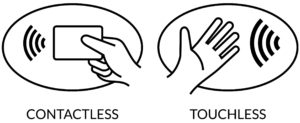
Paperless options
Paper rosters and paper in general will be a problem because of the number of times it changes hands. Meal ordering systems for the teachers or other staff on a classroom computer or mobile tablet are needed. The ability to process whole classrooms in seconds, with an onscreen picture roster, would help. Allergy alerts and special dietary restriction messages should be supported. Processing paper F&R applications requiring manual entry or scanning will need shift completely over to web F&R applications, allowing parents to apply and receive their student’s meal status online is the solution.
Meal Ordering systems
Ordering systems are relatively new. There are two main types, ones that order from the classroom and ones that are accessed through a parent portal for ordering by parents at home or on their phones. Check with you technology provider to see what they have or look for other providers. These systems don’t necessarily have to be integrated with existing POS or back office systems.
Meal payments
Forms of payment and prepayment such as cash and checks, like paper rosters, fall into the category of things to be avoided. Prepayment for meals and ala-carte online, already provided by most technology companies is the obvious solution.
The challenges are many and nutrition technology companies are racing to provide affordable solutions in time for schools starting in late Summer and Fall.
Here are PCS technology solutions already available, with more to come soon.

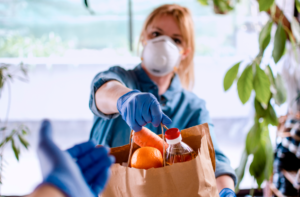
 Contact
Contact 
